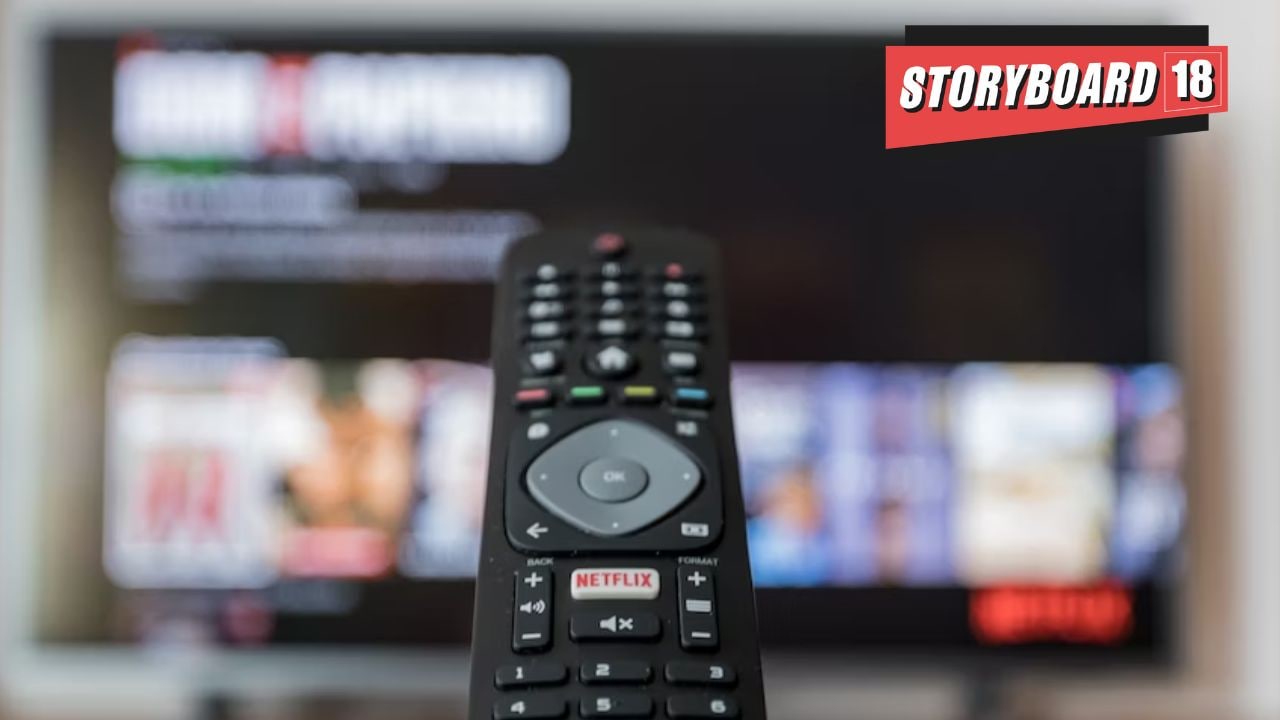Is the age of linear television in decline? Are connected devices like CTV the future of content consumption? What do the country’s biggest advertisers think of the CTV opportunity? What challenges the growth of CTV as an advertisers’ medium? We explored these questions in a special episode of Storyboard18, digging deep into CTV’s potential for marketers and media planners today. Read on for the highlights. But, first, let us zoom out and look at the shift in the very nature of content consumption.
Cord cutters and cord shavers‘
The world is awash with content coming at viewers in all forms at warp speed. Viewers have a plethora of content consumption options at their disposal. They can catch videos on-demand at home or on the run thanks to the availability of low-cost internet and high-quality content.
Many customers have given up their cable TV subscriptions and shifted lock, stock, and barrel to smart TVs (though linear TV does continue to exist in a big way in the country). The growing buzz around OTT (over-the-top) platforms has made CTVs (connected TVs) significant for advertisers too.
With over 20 million CTV households and a wide range of video content, India is one of the world’s fastest-growing advertising markets. Amid changing media habits, CTV helps advertisers to personalise and target their campaigns at not only the household, but even the individual level, according to a recent report by the Havas Media Group.
“Connected TV sales are exploding due to rising internet penetration, rise of streaming services, and falling price of CTVs,’’ said Mohit Joshi, CEO, Havas Media, during the special discussion on Storyboard18.
The big opportunity
Shashank Srivastava, Senior Executive Officer, Marketing & Sales, Maruti Suzuki, says that convenience is driving viewers to CTVs, and addressability is driving advertisers to CTVs. “It is about precision targeting, it is also cost effective. In fact you have a variety of ad formats, flexible pricing, etc. As far as we are concerned, we are looking at CTVs in a very big way. We are looking at CTV in media plans integrated with linear TV, we are looking at reaching about 15-20 percent of our TG (target group) through CTVs alone. Going forward, I think CTV spends will soon be larger than linear TV,’’ he said.
How the ecosystem is shaping up‘
The stakeholders in this ecosystem are diverse. CTV devices include everything from smart TVs with integrated wifi like Samsung, LG, OnePlus, etc., to gaming consoles like Xbox or Playstation, as well as streaming devices like Apple TV, Google Chromecast, Amazon Fire TV Stick, and Roku. What makes measurement complex is that technology companies like Google are fighting for advertising revenues along with the OTT and device companies. TV operating systems (OS) that enable streaming collect rich data for advertisers to leverage, which helps drive down the cost of a TV.
The measurement factor that challenges explosive growth
Along with the opportunity comes challenges — in attribution, currency (metrics), analytics. “There is someone independently measuring linear TV data, but when it comes to CTVs, we have to rely on the data provided by the platforms. We have to go to YouTube and other platforms to get the data, and there is no way of cross-checking it,” says Jai Lala, CEO, Zenith Optimedia. “In my view, this is something that is pulling it (advertising on CTVs) back. While there is everything going for it — affluent viewers, growing numbers, etc. — measurement continues to be a challenge,” he adds.
Amol Dighe, CEO, Business and New Business, at Madison Media, says, “Currently, the CTV base is not that high in India. The challenges are in three areas — measurement, attribution, and a common identifier.”
Agreeing with Dighe, Srivastava adds, “The problem from an advertiser’s point of view is that there is no universally acceptable measurement. If you want to leverage the potential of CTV, we need to have a unified measuring system, across all mediums.”
He refers to a report by GroupM and TV ad measurement company iSpot, which says that, on average, 8-10 percent of streaming impressions play when the TV is shut off. “We need to do something about this, otherwise the measurement won’t be precise and the confidence of advertisers would be dented even if the opportunity is huge.”
What’s next?
Pranav Bakshi, head of video strategy and content partnership at Network18, says that we have to look at CTVs differently. “You are dealing with tech companies, white goods manufacturers, and many more. They do not look at data like marketers do. You get separate data points from Meta, YouTube, etc. You get a separate set of data from Samsung, Netflix, (added) etc. There is no uniformity in all this data. A unified data set has to be provided by an independent body who has skin in the game.” Like Nielsen, or even BARC (Broadcast Audience Research Council).
But stakeholders question BARC data too?
“BARC came into existence because all the stakeholders came together. But in spite of that there are issues. We don’t have an integrated currency for planning TV + print + online campaigns. We have huge challenges with respect to data, and CTV adds another layer of complication on top of that,” cautions Joshi of Havas.
But Madison’s Dighe, it seems, is putting his faith in BARC: “There has to be one single currency and my hope is on BARC going ahead. BARC is working on something called ‘India Baseline Study’ where they are using the modes of signal as free to air, DTH, cable and then connected TV as well. Once the study comes out it will give us an understanding on how the CTV universe is moving forward.”
